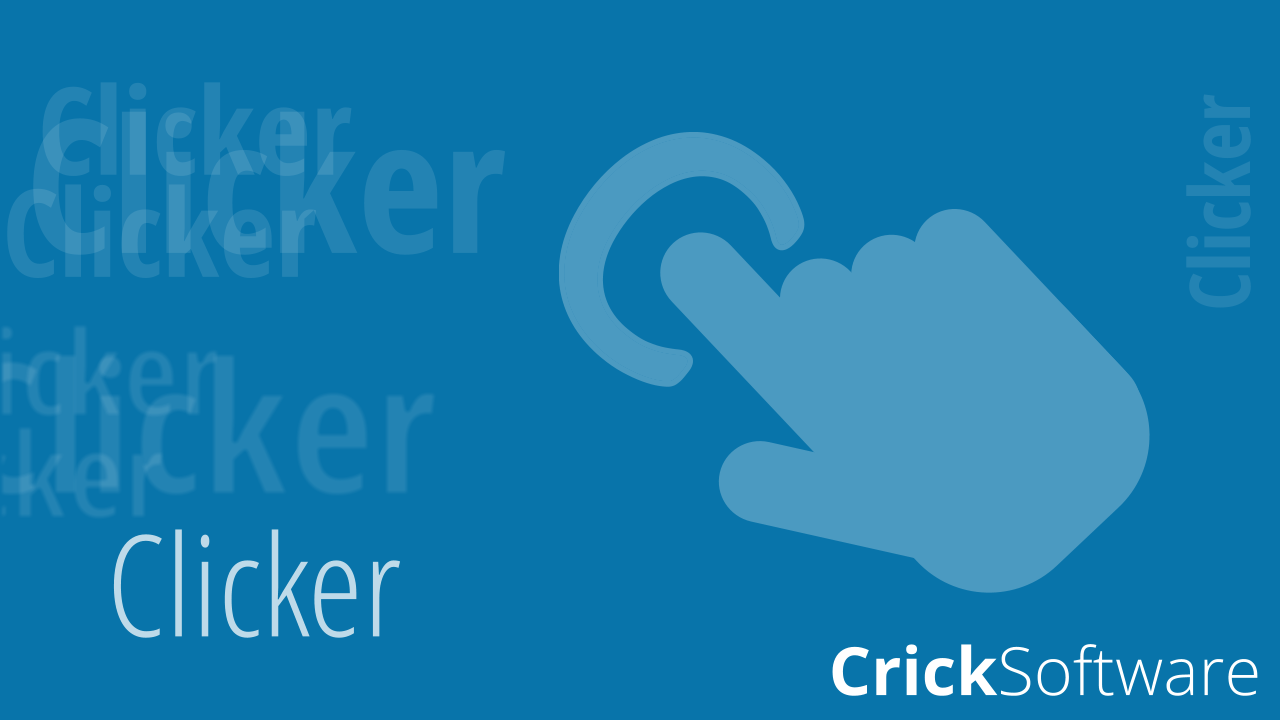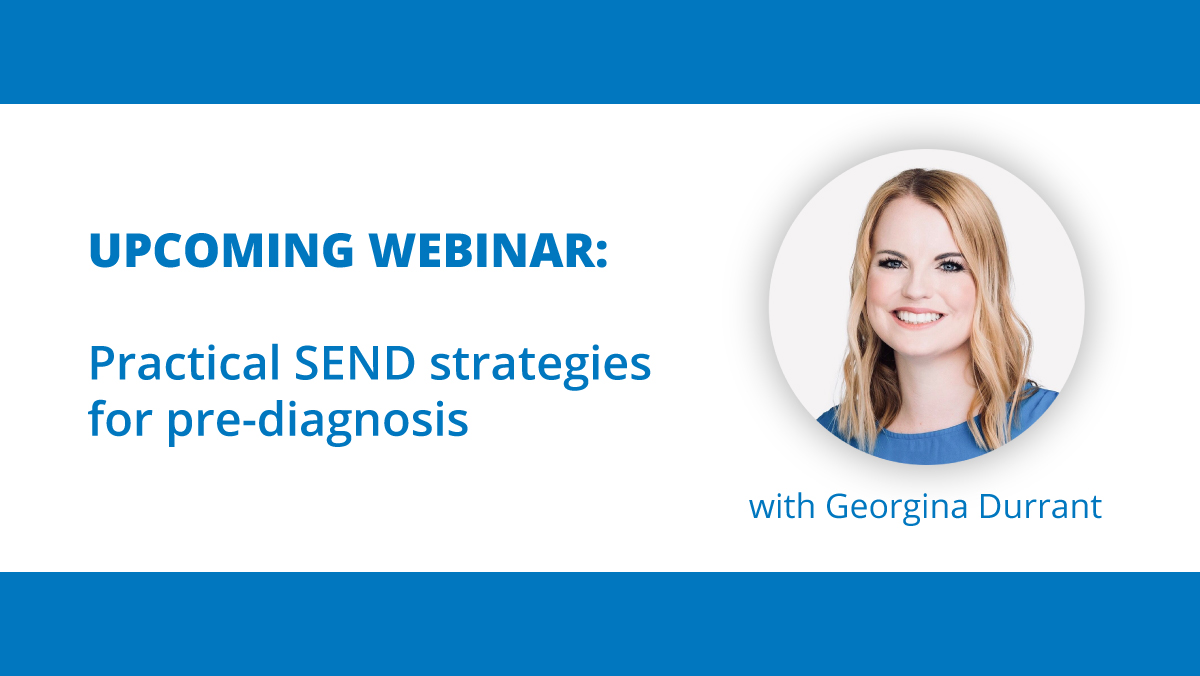According to recent research by the NFER, primary pupils are lagging two months behind in reading and maths due to school disruptions during the Covid crisis. And what’s worse is that disadvantaged pupils are seven months behind their peers in both subjects.
This growing attainment gap and the pandemic’s impact on learning is heart-breaking, but we hope that we are able to support you and your pupils through this challenging time. It’s not necessarily about catching up, but rather about finding out where children are and giving them the necessary “stepping stones” to facilitate their progress in learning.
So, how can we help? A great starting point is to head to our Story Corner category on LearningGrids. Children are sure to find something of interest – whether that’s traditional stories, myths and legends or even phonically decodable stories. If it’s non-fiction texts you’re after, try our Find Out and Write About collection of linked reading and writing grids on a range of geography, history and science topics. Or simply choose Clicker Books in the Clicker Resources list on the LearningGrids home page. You’ll be offered a list of hundreds of books on many different topics and aimed at many different abilities.
The great thing about many of our Clicker Books is the level of support built-in as part of Clicker itself and also with follow-up support activities so that children can actively consolidate their learning.
With our Clicker Books, use the speaker button to hear the text on the page read aloud. (Click/tap it again at any point to stop). This is a great way of encouraging children to be independent in their reading. You might be sharing the book on-screen with a whole class. Why not get children to have a go at reading the text – where they get stuck, they can click/tap on any word to have that word read aloud. Another great way of encouraging children to take those small next steps in becoming independent (and confident) readers. With many of our Clicker “Read a Book” sets, we also offer “Read It Yourself” versions, which are designed to encourage children to read themselves (no microphone button is offered, although this can very easily be added if required).
-1.png?sfvrsn=a035bacf_2)
Children can consolidate and reinforce their learning from these books by using any of the follow-up resources as appropriate – for example, they may want to retell the story or talk about what they have read. Or they can tackle different writing tasks based on the text with varying levels of difficulty – from simple sentence building through to topic Word Banks.
-2.png?sfvrsn=3f0b7d63_2)
While our main focus is literacy, we are still able to offer some curriculum resources for maths – and this very much follows the format as for the books above, and with all the supporting features of Clicker. From simple Counting Books and follow-up activities, to reading about fractions and tackling an equivalent fractions matching activity.
-3.png?sfvrsn=ac4dbc43_2)
-4.png?sfvrsn=3778e98_2)
Clicker is such a versatile program which can be used across the school – and with children presenting so many differing needs after disruption to learning, a program like Clicker, which can be so uniquely personalised to their individual requirements, is a fantastic investment.





